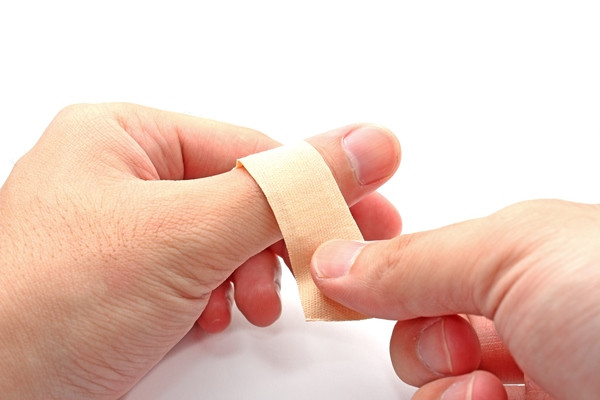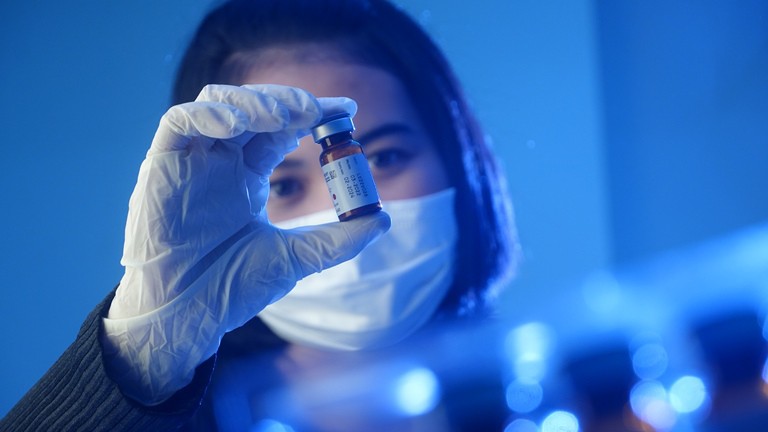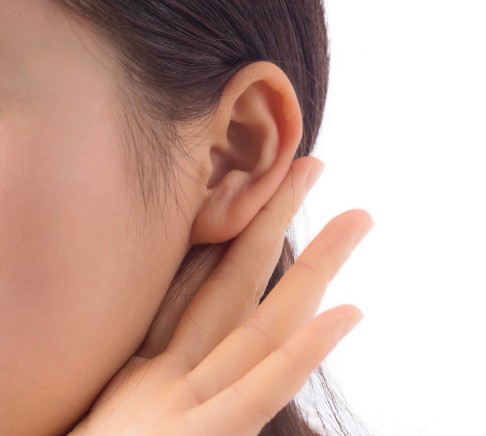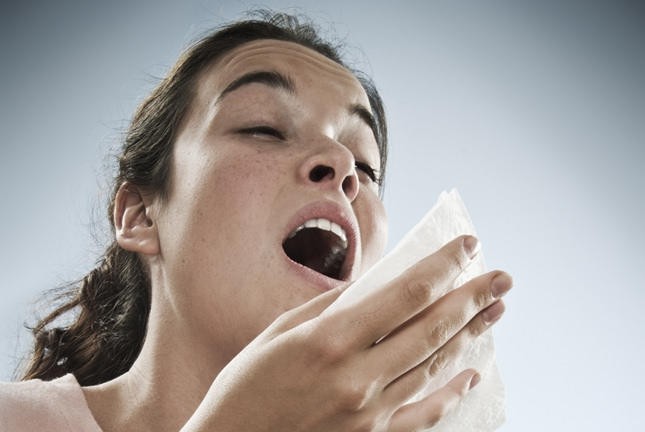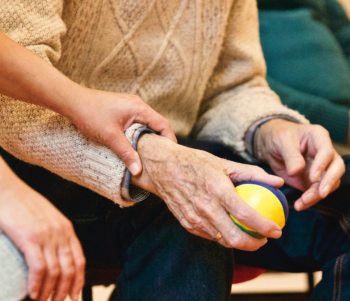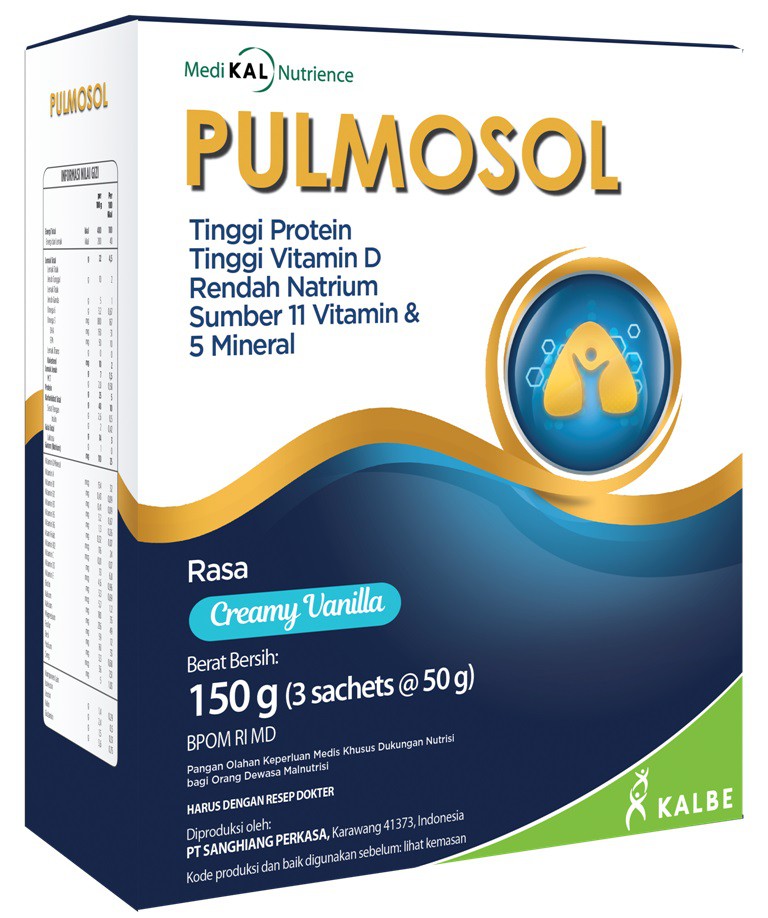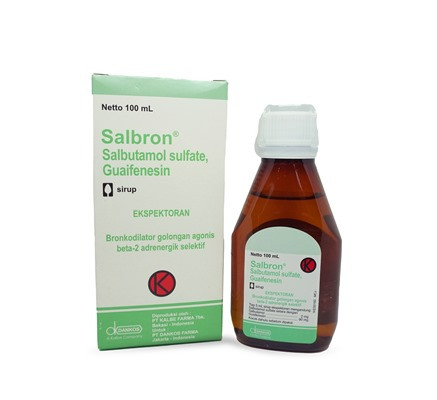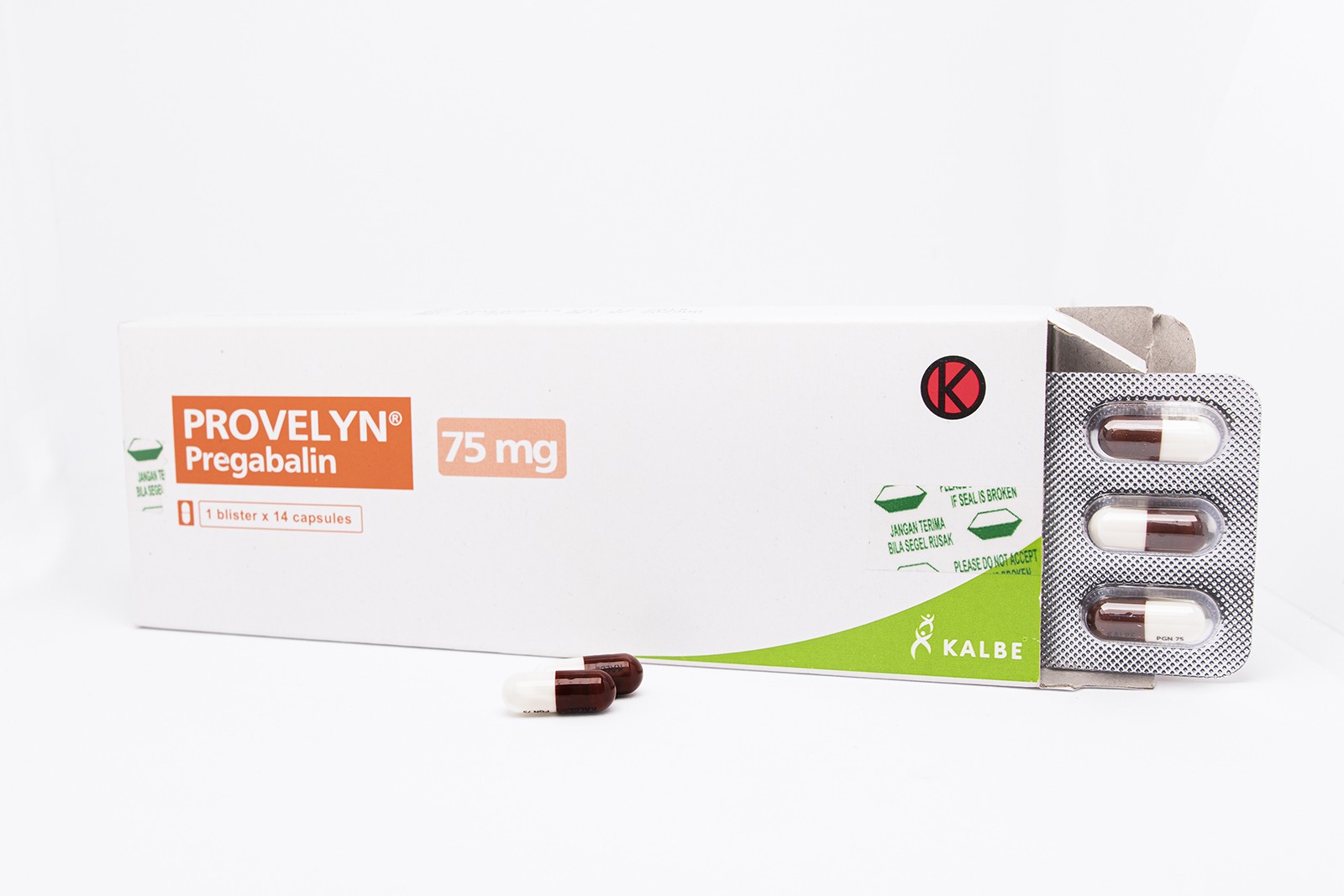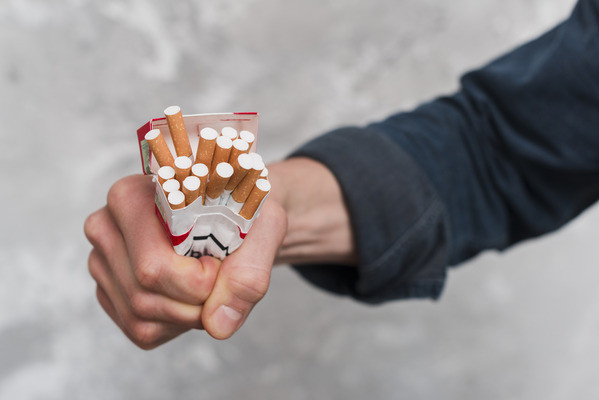
Chronic obstructive pulmonary disease (COPD) is an inflammatory lung disease characterized by progressive airflow limitation and tissue damage. COPD is a condition that primarily affects middle-aged or older adults who smoke. Many do not realize that they have COPD.
The occurrence of COPD is related to structural changes in the lungs due to chronic inflammation due to long-term exposure to harmful particles or gases, most often cigarette smoke. Chronic inflammation causes airway narrowing. Breathing problems tend to get worse gradually over time and can limit normal activities, although treatment can help keep the condition under control.
COPD itself is a term for a group of lung conditions that cause difficulty breathing, which include:
- Emphysema – damage to the air sacs in the lungs
- Chronic bronchitis - long-term inflammation of the airways
The condition that occurs in the lungs when experiencing COPD is that less air flows through the respiratory tract due to one or more of the following:
- The airway and alveoli in the lungs lose their ability to stretch and shrink again
- The walls between the alveoli are destroyed
- The walls of the respiratory tract become thick and inflamed
- The respiratory tract produces more mucus than usual, which can clog and obstruct airflow
The main cause of COPD is smoking. As many as 9 out of 10 COPD cases are caused by smoking. The chemicals in cigarettes can damage lung tissue and respiratory tract. Several studies also show that exposure to other people's cigarette smoke (passive smoking) can increase the risk of developing COPD. Apart from that, other causes of COPD include:
- Exposure to dust, fumes, or hazardous chemicals in the workplace
- Indoor air pollution, such as biomass fuels (wood, animal waste, plant residues) or coal used for cooking
- Early life events, such as poor intrauterine growth, prematurity, and frequent or severe respiratory infections in childhood that inhibit optimal lung growth
- Asthma in childhood
- A rare genetic condition called alpha-1 antitrypsin deficiency can cause COPD at a young age
Symptoms of COPD often do not appear until significant lung damage occurs and usually worsen, especially if exposure to smoking continues. Signs and symptoms of COPD are:
- Shortness of breath, especially when doing physical activity
- Persistent wheezing
- Chronic cough that produces mucus
- Recurrent respiratory tract infections
- Weight loss
- Edema of the ankle
- Chest pain
Treatment for COPD requires a careful and thorough doctor's examination. Quitting smoking is the most important first step you can take. Avoiding cigarette smoke from other people (passive smoking) is also an important thing to do. Changes to lifestyle and other treatments that can be done are:
- Oxygen therapy can help people with severe COPD and low oxygen levels in the blood to breathe better
- Medicines like,
- Bronchodilators to relax the muscles around the airways. This helps open the airways and makes breathing easier
- Steroids to reduce inflammation in the airways
- Antibiotics to treat respiratory infections if needed
- Vaccination during flu season
- For COPD sufferers who have difficulty eating because of shortness of breath or fatigue, you can take several steps, such as:
- Follow a special meal plan with smaller, more frequent meals
- Rest before eating
- Taking vitamins and supplements
- Following a program helps improve well-being for people who have chronic respiratory problems and includes the following:
- Doing exercises
- Nutrition counseling
- Learn about the disease or condition you are experiencing and how to manage it
- Respiratory strategy
- Counseling with a psychologist or joining a support group
- Surgery for people who have severe COPD symptoms, but do not improve with other treatments:
- Lung volume reduction surgery (LVRS) to remove diseased parts of the lungs, so that healthy lung tissue can work better
- Lung transplantation in which one or two healthy lungs from a donor are inserted into the patient's body to replace the diseased lungs. Lung transplantation is the last option for COPD treatment
Most COPD is a preventable condition. The risk of COPD can be significantly reduced if you don't smoke. However, if you already smoke and suffer from COPD, stopping smoking can help prevent further damage to the lungs before they cause bothersome symptoms. Although COPD can be treated, it is better to avoid COPD.
Illustration: Freepik
References:
- National Health Service UK. Chronic obstructive pulmonary disease (COPD) [Internet]. 2023. Available from: https://www.nhs.uk/conditions/chronic-obstructive-pulmonary-disease-copd/
- Agarwal AK, Raja A, Brown BD. Chronic obstructive pulmonary disease. National Library of Medicine [Internet]. 2023. Available from: https://www.ncbi.nlm.nih.gov/books/NBK559281/
- World Health Organization. Chronic obstructive pulmonary disease [Internet]. 2023. Available from: https://www.who.int/news-room/fact-sheets/detail/chronic-obstructive-pulmonary-disease-(copd)
- Centers for Disease Control and Prevention (CDC). Chronic obstructive pulmonary disease (COPD) [Internet]. 2020. Available from: https://www.cdc.gov/tobacco/basic_information/health_effects/respiratory/index.htm

